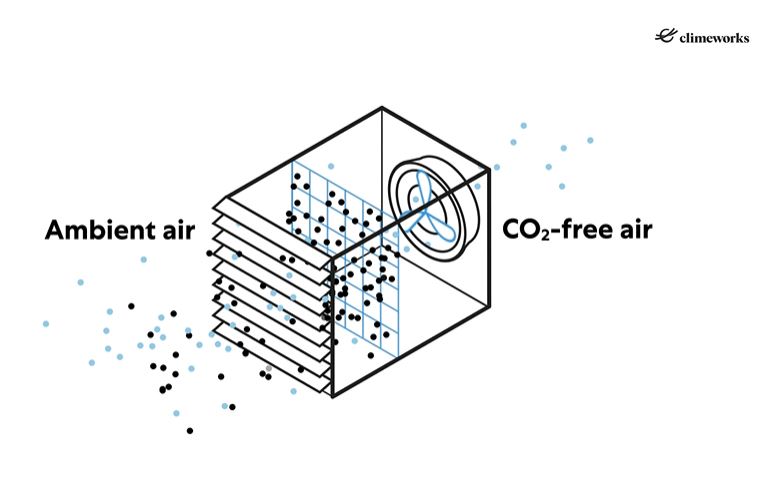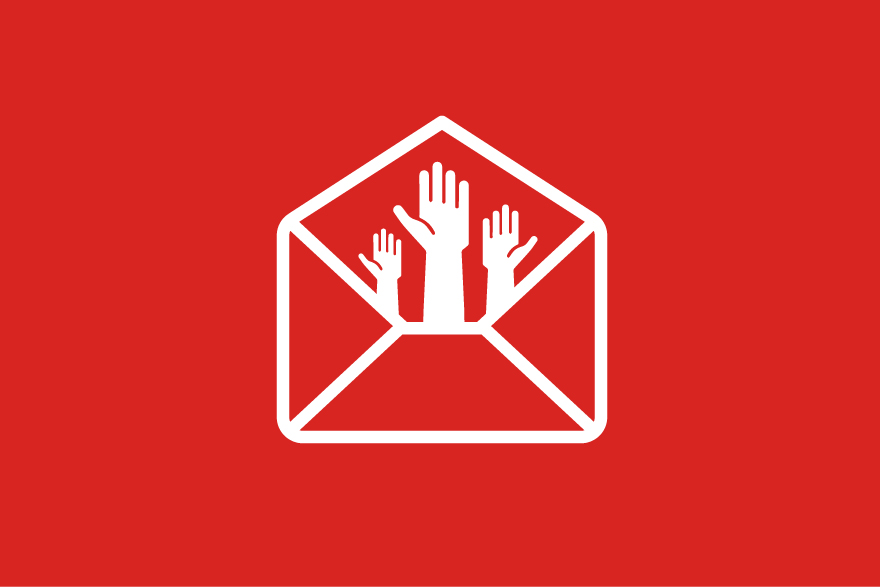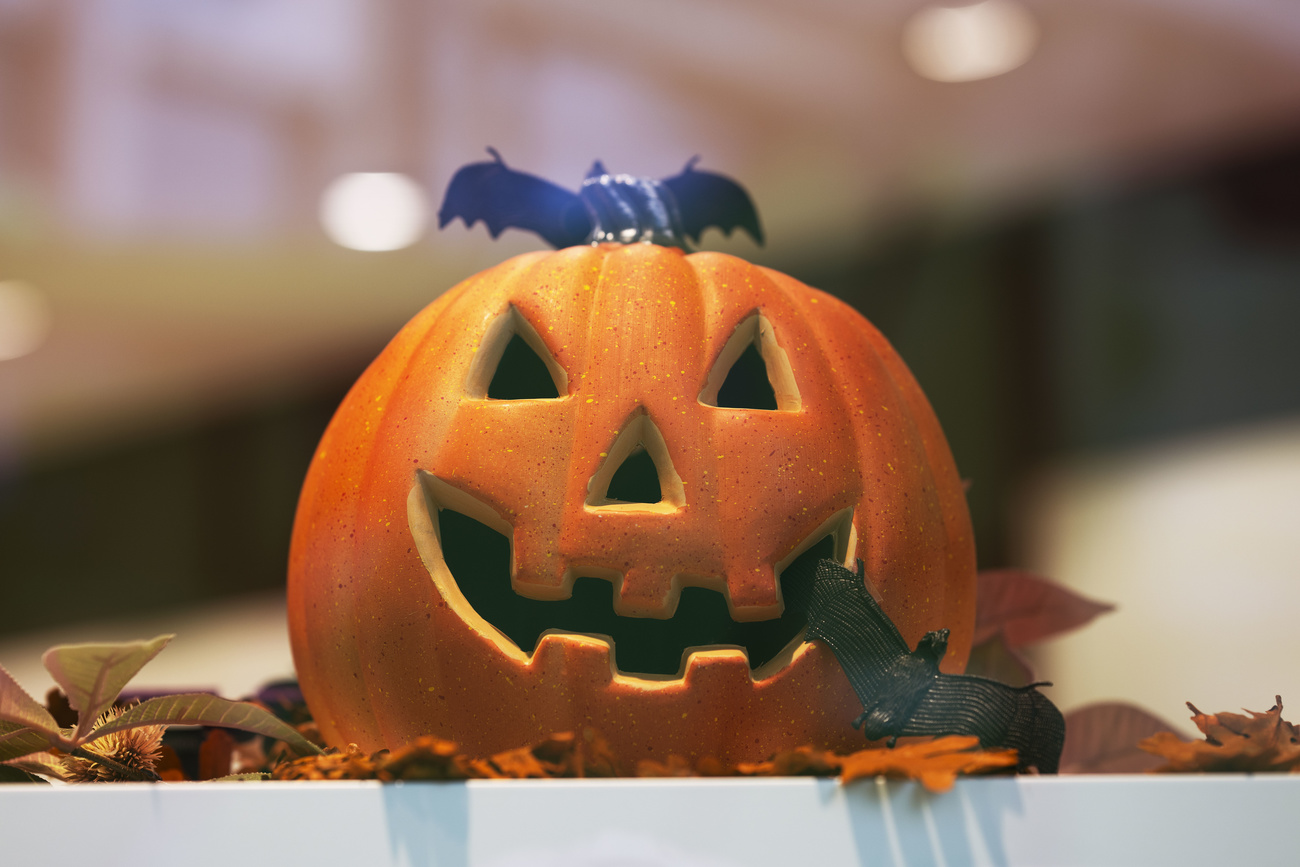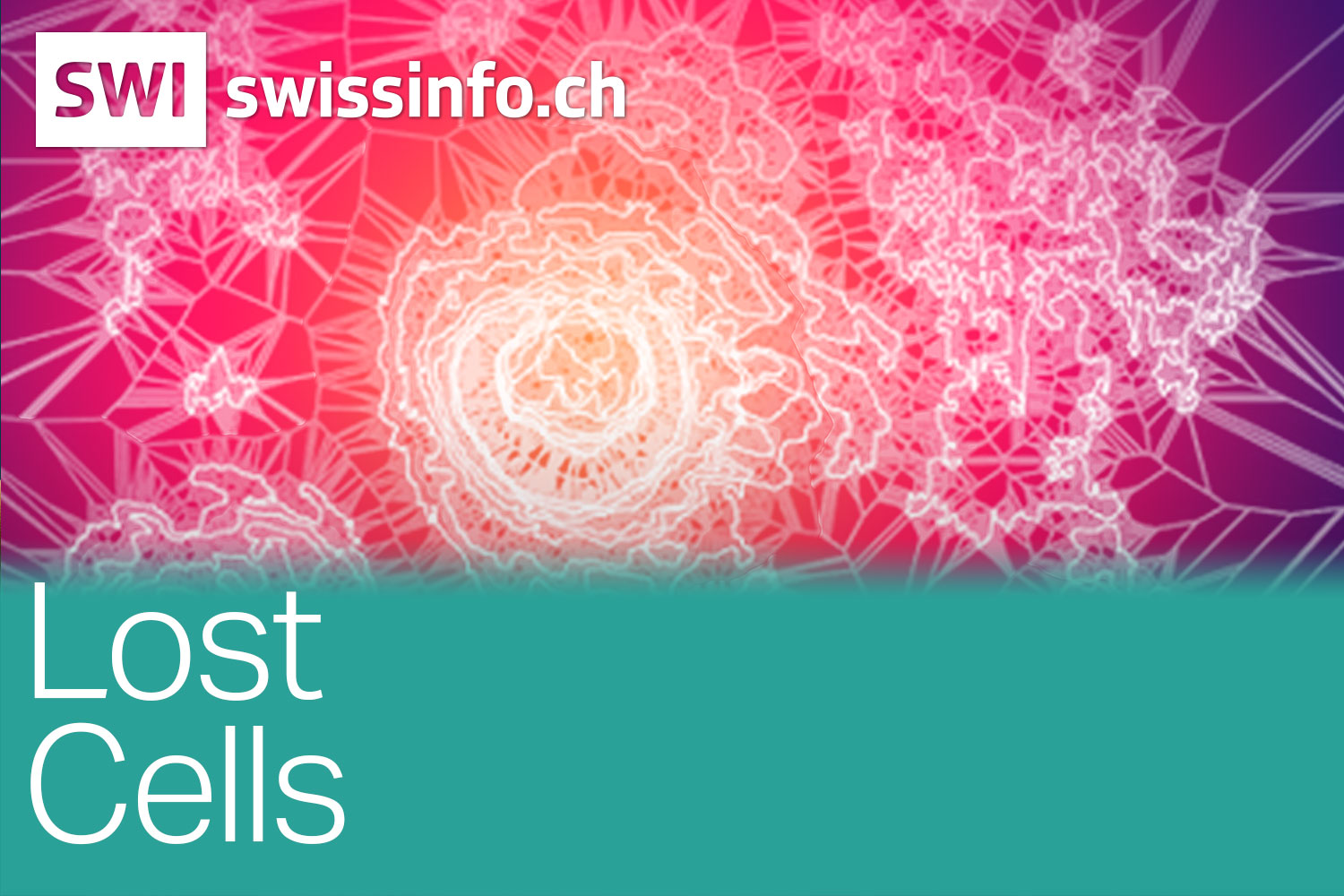
Swiss CO₂ removal firm Climeworks to downsize

Climeworks, a Zurich-based start-up that specialises in carbon dioxide (CO₂) removal from the atmosphere, has run into serious problems that threaten large-scale staff lay-offs.
+Get the most important news from Switzerland in your inbox
A Swiss idea for mitigating climate change has been gaining attention, respect, and a lot of money for years. Climeworks has raised $810 million to date with its systems that extract CO₂ from the air.
+ Read about the big ambitions of Climeworks
The company had grown rapidly, eventually reaching 498 employees. Too many, as it now appears. Climeworks is apparently facing mass layoffs. The consultation process is currently underway. A consultation process is initiated when a company wants to lay off more than 10% of its workforce at once.
“Our financial resources are limited,” Jan Wurzbacher, co-founder and managing director of Climeworks, told Swiss public broadcaster SRF. The company indicates it must lay off significantly more than 10% of its staff to meet project and financial plans.
The problems are manifold. Among other things, its expansion into the United States is on hold. Plans for Louisiana were already well advanced, where there was talk of creating 469 new jobs.

More
Explainer: How to remove and store CO2
The Department of Energy had already committed to a project worth $500 million. Construction was scheduled to begin in 2026. But under US President Donald Trump, climate protection projects are facing a bleak future.
Project not dead
Wurzbacher says that US government funding cuts has made it difficult to find contacts “to be able to clarify the project’s further progress in the short term.” However, he also adds: “We are not currently aware that our project would be stopped.”
In Iceland, Climeworks operates two plants, Orca since 2021 and Mammoth since 2024. According to Icelandic investigative journalist Bjartmar Alexandersson, both are performing far below their promises: “We found that the numbers don’t make sense. They claim to capture more CO₂ than they actually do.”
Mammoth, for example, was supposed to be able to capture over 36,000 tons per year from the atmosphere. However, in its first year, it captured just 105 tons, according to Alexandersson.
Climeworks doesn’t deny the problems. Wurzbacher says that from the lab to operation in a real environment, many issues have nothing to do with the core technology.
In the case of Iceland, for example, ice and snow cause certain mechanisms to freeze. Solving such “trivial” problems takes time. The company also argues that only some of the machinery has been installed in Mammoth.
Needle in a haystack
These initial problems are not unusual, especially since Climeworks is attempting something no one has attempted before, says Rolf Wüstenhagen, Professor of Renewable Energy Management at the University of St Gallen.
“It could work, but of course it also carries risks, because you’re looking for a needle in a haystack, so to speak. CO₂ is quite widely distributed in the atmosphere, and extracting the fragments from it is energy-intensive and costly,” he said.
At Climeworks, technical weaknesses and erratic US policy are currently colliding with high investor hopes – a difficult mix that is now coming at the expense of employees. The consultation process will be completed by the middle of next week, and it will then become clear how many people will be laid off.
Adapted from German by DeepL/mga
How we work
We select the most relevant news for an international audience and use automatic translation tools such as DeepL to translate them into English. A journalist then reviews the translation for clarity and accuracy before publication. Providing you with automatically translated news gives us the time to write more in-depth articles. The news stories we select have been written and carefully fact-checked by an external editorial team from news agencies such as Bloomberg or Keystone.
Did you find this explanation helpful? Please fill out the short survey below to help us understand your needs.

In compliance with the JTI standards
More: SWI swissinfo.ch certified by the Journalism Trust Initiative






























You can find an overview of ongoing debates with our journalists here . Please join us!
If you want to start a conversation about a topic raised in this article or want to report factual errors, email us at english@swissinfo.ch.